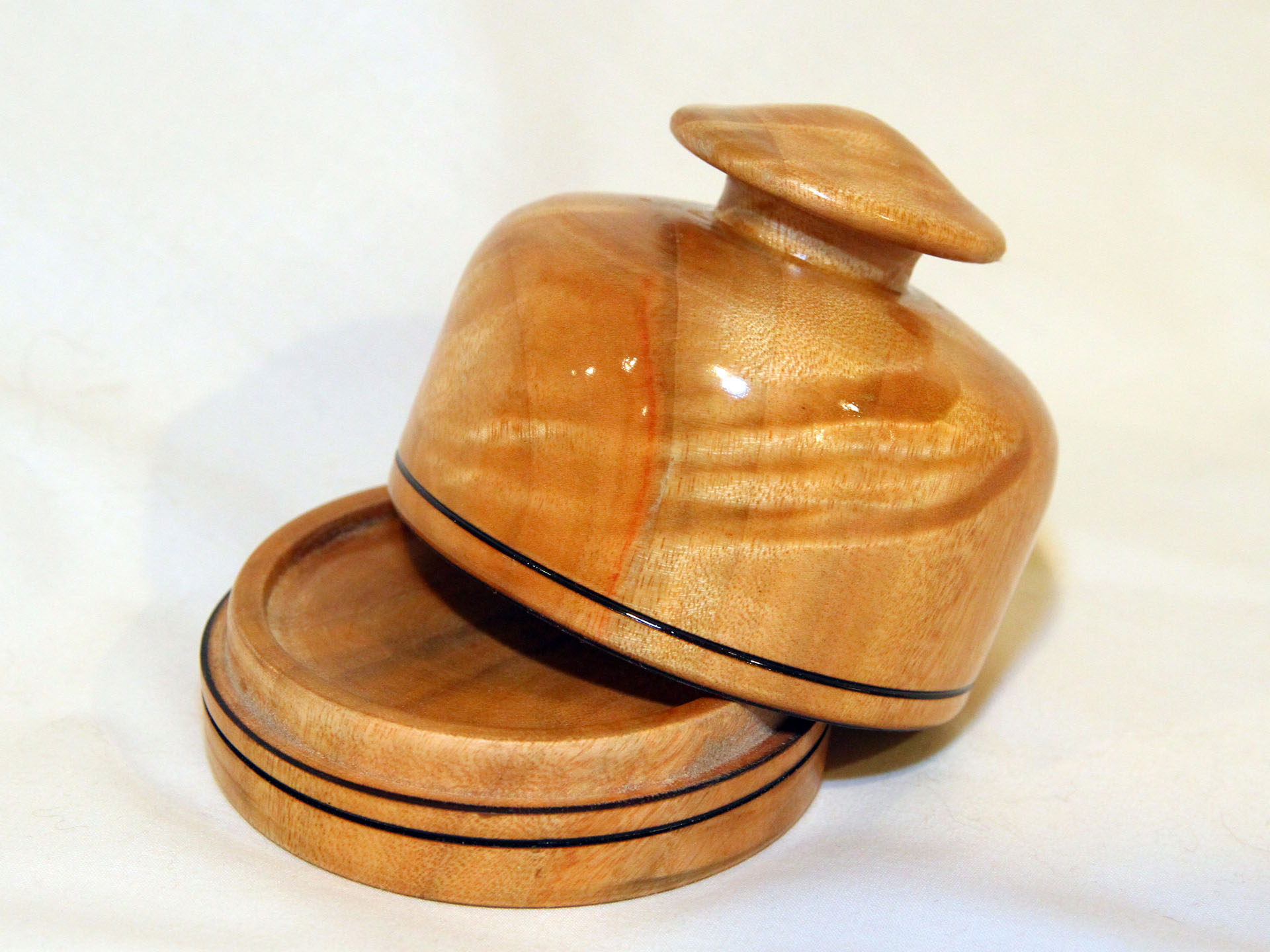I bought a few camphor platter blanks at the AAW symposium (roughly 12x12x2") and a spindle blank.
They are all sealed with wax, and I assume somewhat green.
I intend to make a box or two with the spindle blank (3x3x12), so that's just going up on the shelf for a year or so before I get around to it.
Advice on the platter blank, please? I haven't done twice-turning (I'm generally much more into instant gratification--finishing a project the same day, or possibly the same weekend).
Local humidity is much lower here than FL (I believe camphor is an invasive species in Florida, so I'm doing my bit to help the Florida ecology --But I won't turn burmese pythons!
--But I won't turn burmese pythons!  )
)
Thanks in advance for the advice!
They are all sealed with wax, and I assume somewhat green.
I intend to make a box or two with the spindle blank (3x3x12), so that's just going up on the shelf for a year or so before I get around to it.
Advice on the platter blank, please? I haven't done twice-turning (I'm generally much more into instant gratification--finishing a project the same day, or possibly the same weekend).
Local humidity is much lower here than FL (I believe camphor is an invasive species in Florida, so I'm doing my bit to help the Florida ecology
Thanks in advance for the advice!

